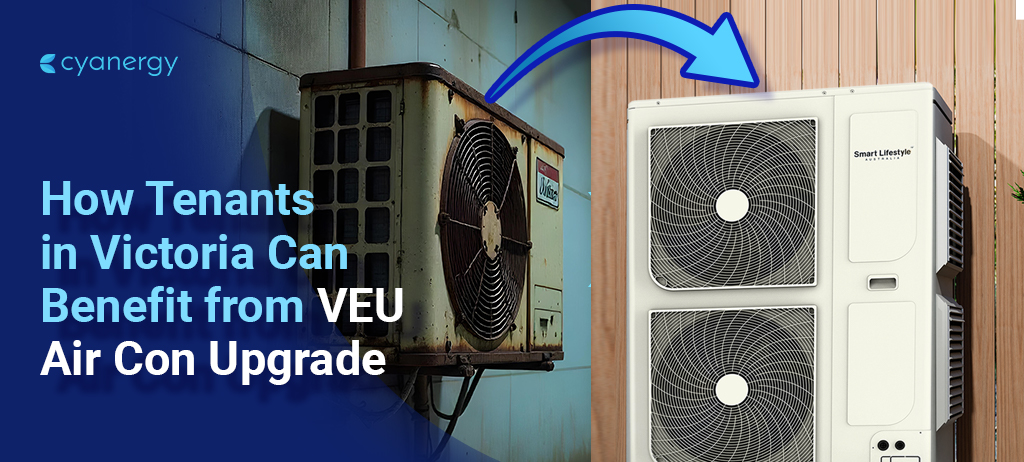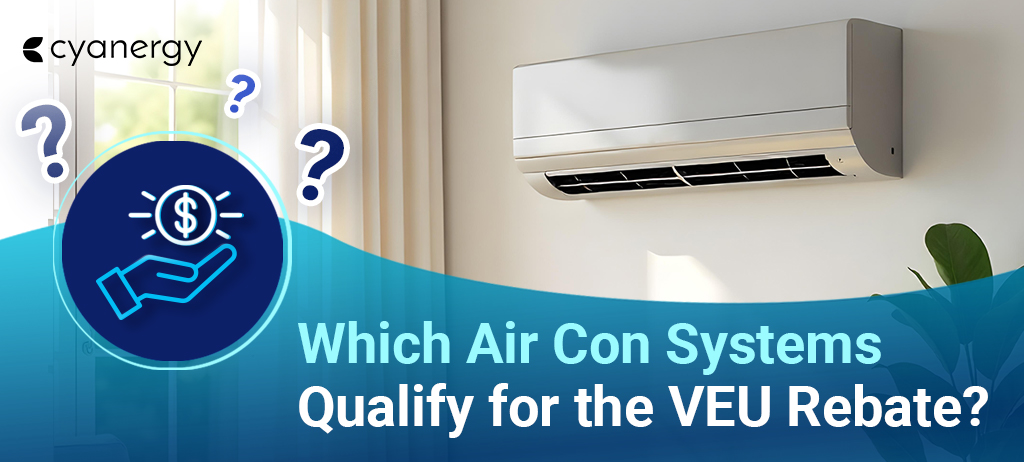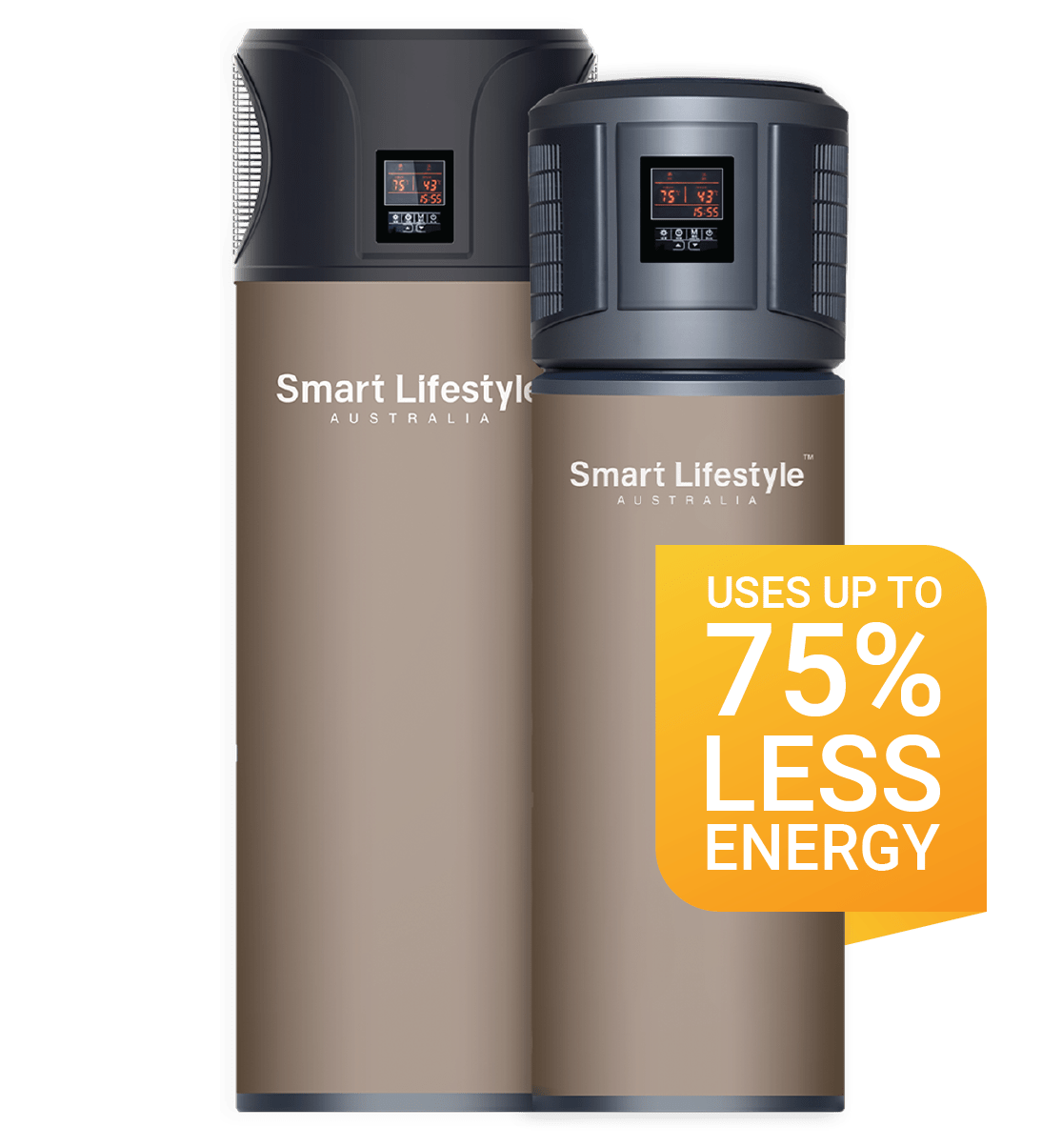Solar energy becomes an increasingly attractive solution to Australia’s rising electricity costs and climate-conscious consumers. More households are investing not only in installing solar panels but also in battery storage systems.
One of the most popular sizes for residential storage is the 10kWh battery. A battery unit that sits perfectly at the intersection of affordability, performance, and practicality for medium-to-large Aussie homes.
But still, these questions remain: how long will a 10kWh battery actually last in Australia’s diverse climate? How large a battery should you choose?
These are all legitimate questions; therefore, we attempted to summarize them for you in this article. Ready to dive in?
So, let’s understand the performance of a 10kWh battery and explore what it offers, how it fits into the lifestyle of an average Australian home!
In this blog post:
- The Role of a 10kWh Battery: What to Expect?
- Is a 10kW Solar Battery Right for You? |Australian Household Energy Use
- A Day's Consumption in an Australian House: A Realistic Example!
- Charging with Solar Energy: How Your System Does It?
- How Many Hours of Backup Can I Get During a Power Outage?
- Top 10 Factors Influencing the Efficiency of Solar Battery Backup
- Takeaway Thoughts
The Role of a 10kWh Battery: What to Expect?
Well, before diving into specifics, it helps to clarify exactly what a 10kWh battery means.
Contrary to some confusion, the “10kW” often used in conversation actually refers to a 10 kilowatt-hour (kWh) battery, which measures energy storage capacity, not output power.
Therefore, a 10kWh battery can store up to 10 kilowatt-hours of electricity when it is fully charged. To put this into perspective, if you were to use 1 kilowatt of power per hour, that battery would last you 10 hours.
But real life is more complex. Australian households don’t use electricity at a constant rate!
There are peaks in the evening when the family is home, the air conditioning is on, dinner is cooking, and TVs are running. During the day, especially in homes with solar panels, energy is often being generated faster than it’s used.
In such scenarios, these batteries act as a buffer between these two periods, storing excess solar energy in the day and discharging it during the peak evening hours.
Is a 10kW Solar Battery Right for You? |Australian Household Energy Use
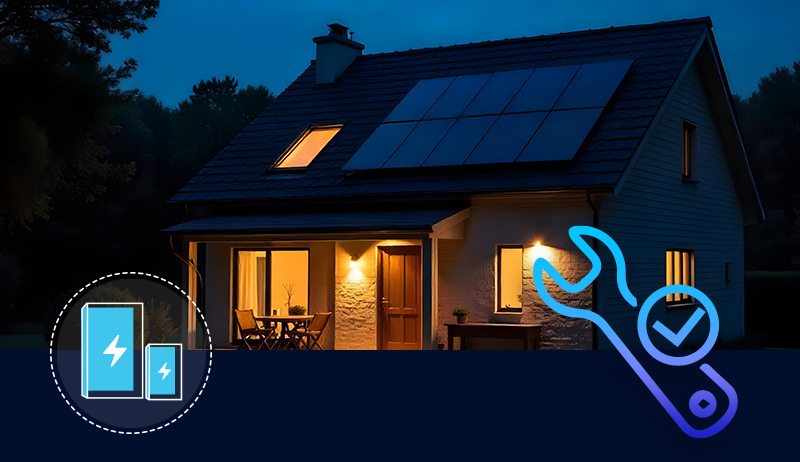
On average, Australian homes consume between 16 and 20 kilowatt-hours per day. However, this figure is not fixed and can vary depending on various majors.
In some states, with their sweltering heat, air conditioners often run continuously throughout the day, resulting in high energy consumption. Similarly, in southern cities like Melbourne, winters may increase heating needs, although households may also rely on gas.
Moreover, families with more people, larger homes, or electric vehicles can easily surpass 25kWh daily, while energy-efficient homes or singles might get by on 10kWh or less.
Given these variances, a 10kWh battery can last different durations depending on usage.
For a home with low to moderate energy use, such as a couple living in a 3-bedroom house with energy-efficient appliances, a 10kWh battery might provide them with reliable power throughout most of the night.
In contrast, a larger family running multiple TVs, computers, LED lights, and an air conditioner may find that the same battery is depleted in just a few hours.
So, ultimately, the choice depends on your preference and needs.
A Day's Consumption in an Australian House: A Realistic Example!
For instance, you are experiencing a blackout. You have a 10kW battery with 95% DoD, which means the optimum kW of energy for you to use now is 9.5kW. In this case, let us look at an example of how and where you can use this power.
- Medium radiator (heating source) uses 1200W and hour meaning 1200*4=4800W 4hrs a day
- Three 11W LED lights are 33W an hour, and 33*12= 396W for the night time
- A 400L refrigerator uses 68W an hour which is 68*24= 1632W a day
- A large flat screen TV uses 100W per hour, which is 100*3=300W for a movie and more
- A vacuum cleaner uses 1200W an hour
- A warm wash cycle in the washing machine uses about 900W of electricity
- Miscellaneous use, let’s say it’s 500W for power points to charge your phone
In total, that comes to approximately 9.7kW or 9,728W per day, being very generous in terms of electricity use.
Vacuuming during a power shortage situation may not be your top priority, but we still included that in the calculation to paint a realistic day in most of our lives.
So, how long will a 10kW battery last? You can see that a 10kW battery is more than enough to run your household smoothly for a day if you fully charge it once.
Charging with Solar Energy: How Your System Does It?
The performance of a battery is closely tied to how it’s charged. In most Australian homes, this is done using rooftop solar panels.
A popular system size of around 6.6kW of solar panels can generate up to 25 to 30kWh on a sunny day. This is more than enough to meet daytime needs and fill a 10kWh battery.
During the day, when solar production is high, any excess energy not used by the home is diverted into the battery. Once the battery is fully charged, any excess electricity can either be exported to the grid for a feed-in tariff or wasted, depending on your system’s setup.
However, the charging speeds vary depending on available sunlight and the inverter’s capacity.
Under ideal conditions, a 6.6kW solar system can fully charge a 10kWh battery in just a few hours, typically between 3 and 5 hours, with intense midday sun.
How Many Hours of Backup Can I Get During a Power Outage?
An average household uses between 750W and 1000W of electricity during a blackout or power outage, assuming they are only using what is necessary to keep things running.
In that case, a 10kW AKA 10,000W battery can back you up for 10 to 12 hours at a stretch. If you don’t draw power constantly, then count an hour or two extra in that time crunch.
However, there is something extremely crucial to understand in this conversation. You will be spending a significant amount of money on a 10kW battery, so I assume you would expect it to last at least the maximum guaranteed years.
To achieve this, follow the manufacturer’s guidelines to keep your battery healthy and functioning properly for an extended period.
Let’s hover to the next section to know them! Shall we?
Top 10 Factors Influencing the Efficiency of Solar Battery Backup
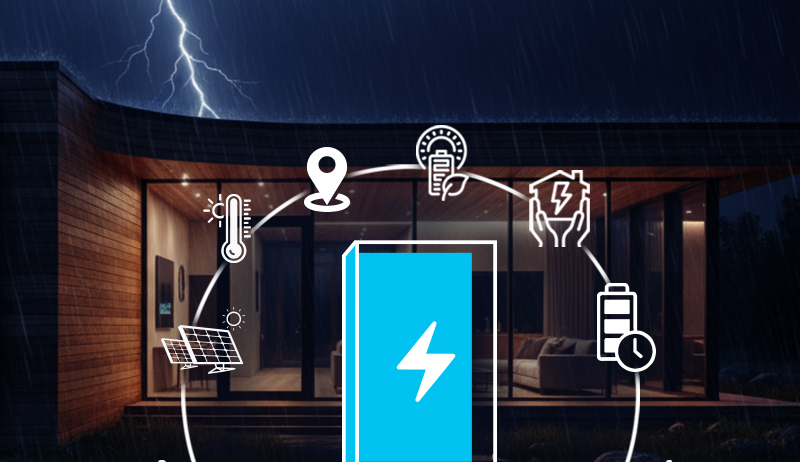
We already know the power backup duration of a 10 kW solar battery system depends on several factors. Here’s a breakdown of the key ones:
- Battery Capacity (kWh)
- The battery’s total energy storage capacity (in kilowatt-hours) directly affects how long it can provide power.
- For example, a 10-kW battery might have a capacity of 20 kWh, meaning it can supply 10 kW for 2 hours or 5 kW for 4 hours.
- Load Demand
- The amount of power your appliances and devices draw impacts backup duration.
- A higher load drains the battery faster; a lower load extends backup time.
- Depth of Discharge (DoD)
- The DoD refers to the percentage of the solar battery’s capacity that can be used up before recharging it again.
- The greater the DOD, the more of the battery you can use before needing to recharge.
- To prolong battery life, you typically don’t want to discharge it entirely (e.g., maximum Depth of Discharge, DoD, of 80%).
For example, if your 10kW solar battery has 95% Dod, that means you can use about 9.5kW of the power before plugging it back in.
- Battery Efficiency
- Energy losses occur during charge and discharge cycles.
- Typical round-trip efficiency ranges from 80% to 95%.
- State of Charge (SoC)
- The current charge level of the battery when the power outage starts.
- A fully charged battery will provide longer backup than a partially charged one.
- Battery Type
- Different battery chemistries, such as lithium-ion batteries and Lead-acid batteries, have varying efficiencies and degradation rates.
- Opt for branded batteries that feature lithium-ion technology.
- Age and Condition of Battery
- Batteries degrade over the years. Therefore, older batteries or those that are poorly maintained hold less charge and have reduced efficiency compared to newer ones.
- Environmental Factors
- Temperature affects battery performance; very high or low temperatures can reduce solar battery capacity and efficiency.
- Solar Panel Input
- During daylight, solar panels can recharge the battery, extending backup.
- Lack of sunlight means your battery can’t charge. This limits backup to stored energy.
- Solar Inverter Efficiency
- Solar inverters convert DC battery power to AC for household use.
- Inefficiencies in inverter technology can reduce the usable backup power of the battery.
You can use up the entire battery at once, but to keep it in good shape and increase longevity, you must adhere to the manufacturer’s guidelines. Why?
Otherwise, this expensive investment will not deliver its full potential. Remember, frequently charging and discharging the solar battery will significantly shorten its lifespan.
Takeaway Thoughts
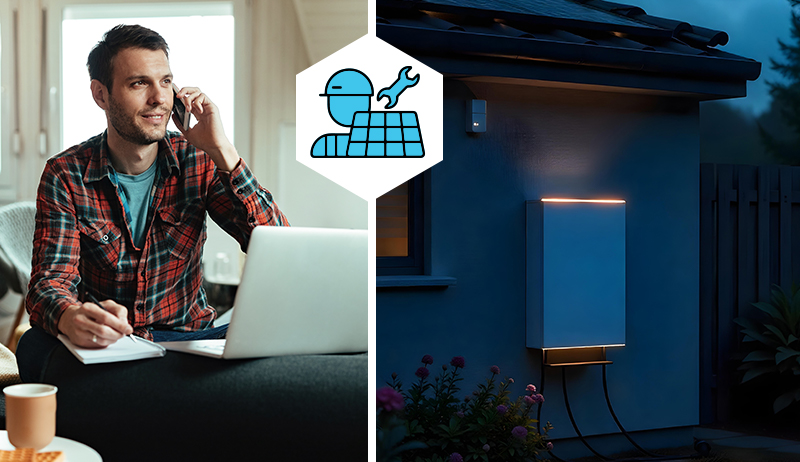
In the end, choosing the right solar battery system after identifying your household energy consumption pattern can be a complex thing for most residents.
Therefore, consulting with a professional is highly recommended, as only an expert can accurately assess your energy needs and guide you toward the most efficient and cost-effective solution.
Get in touch with Cyanergy to speak with one of our solar experts today and receive a free, no-obligation quote for the most suitable solar battery systems for your home or business.


